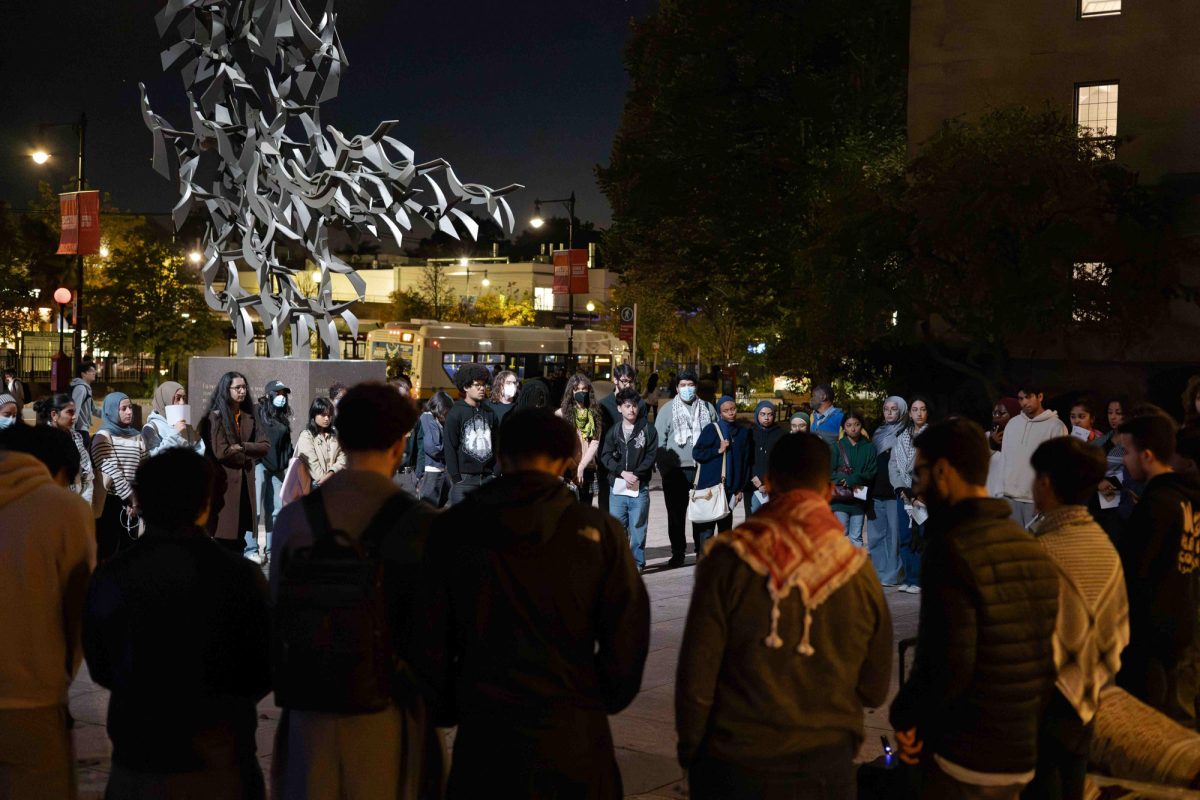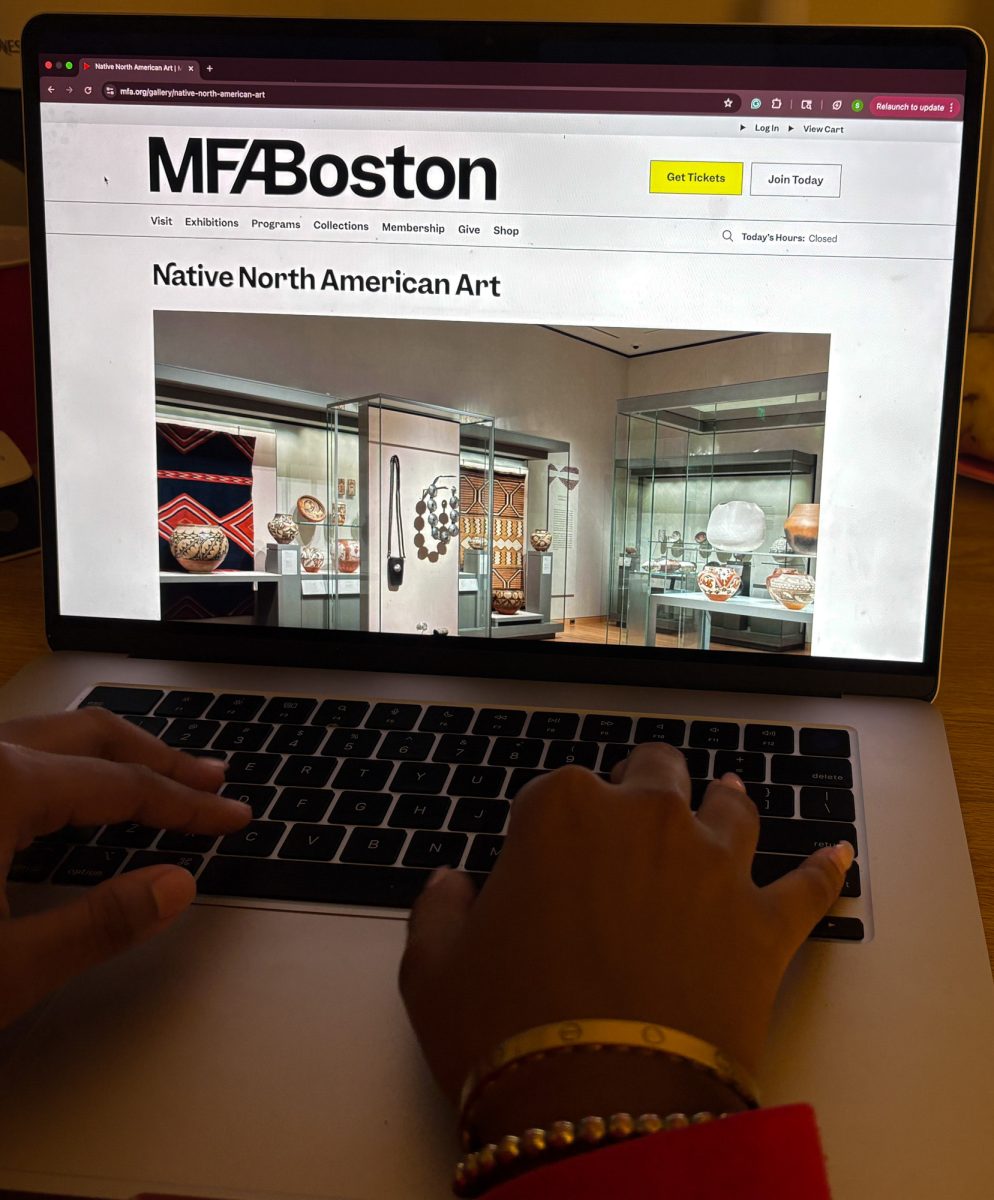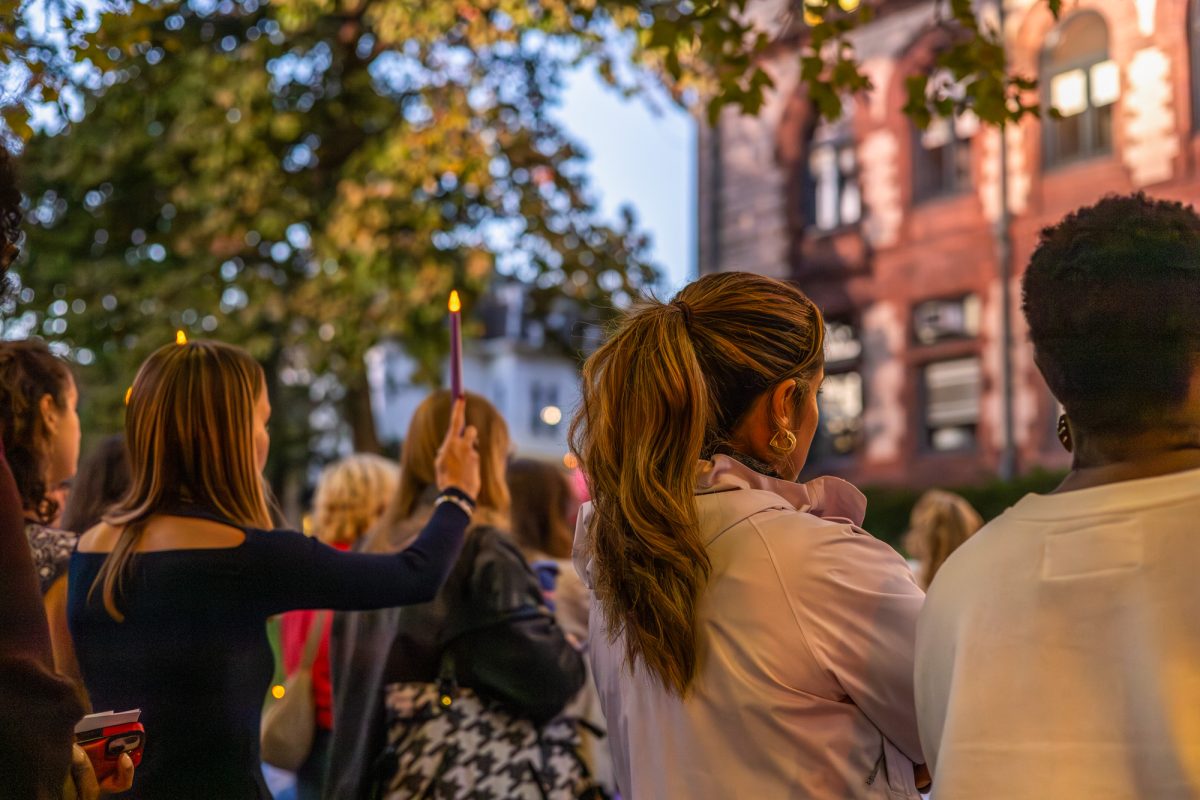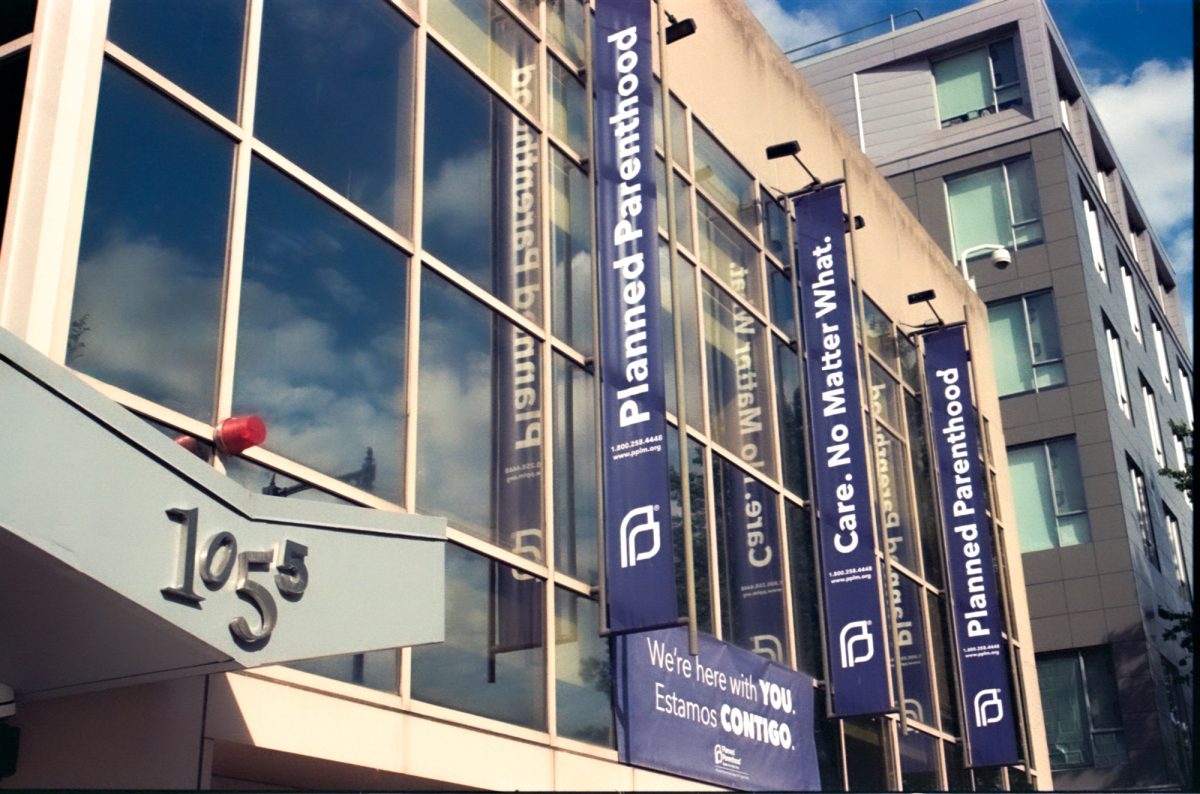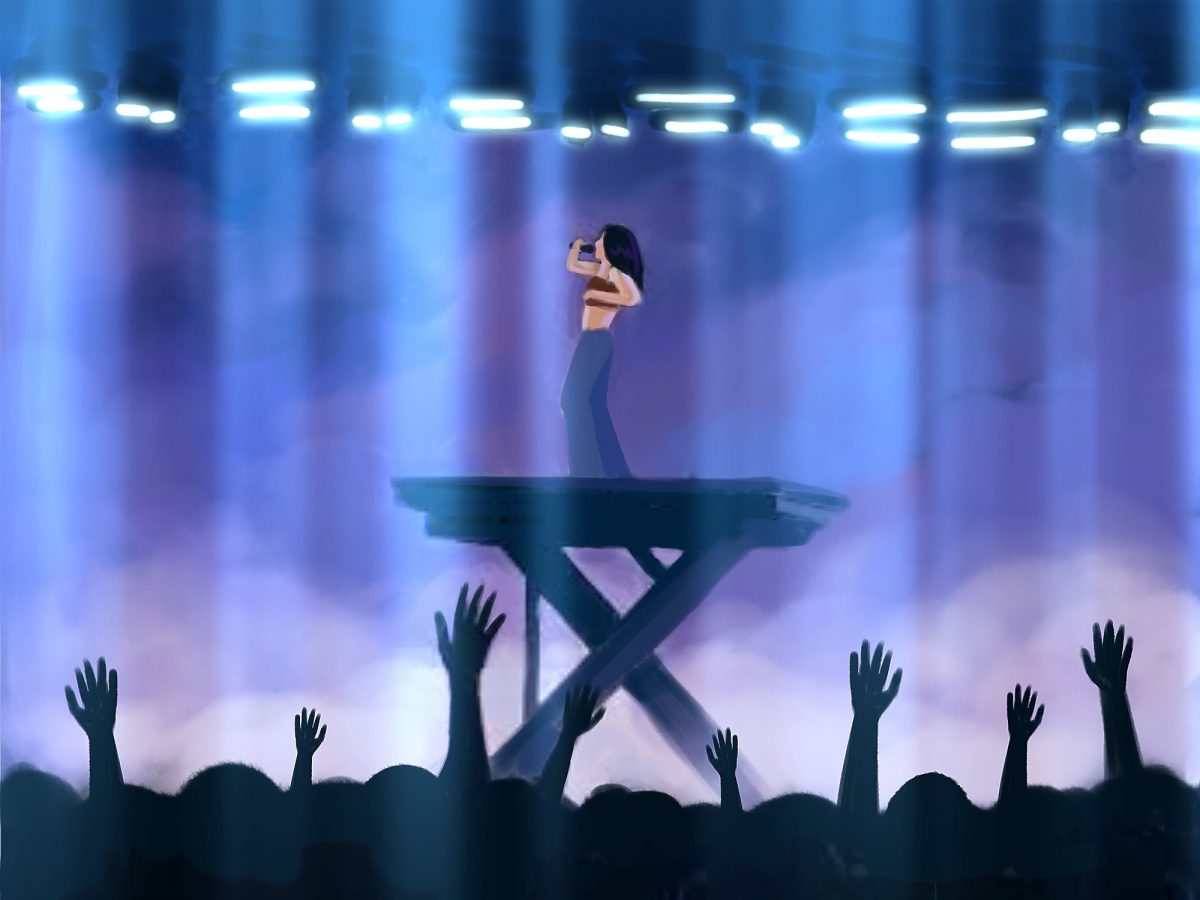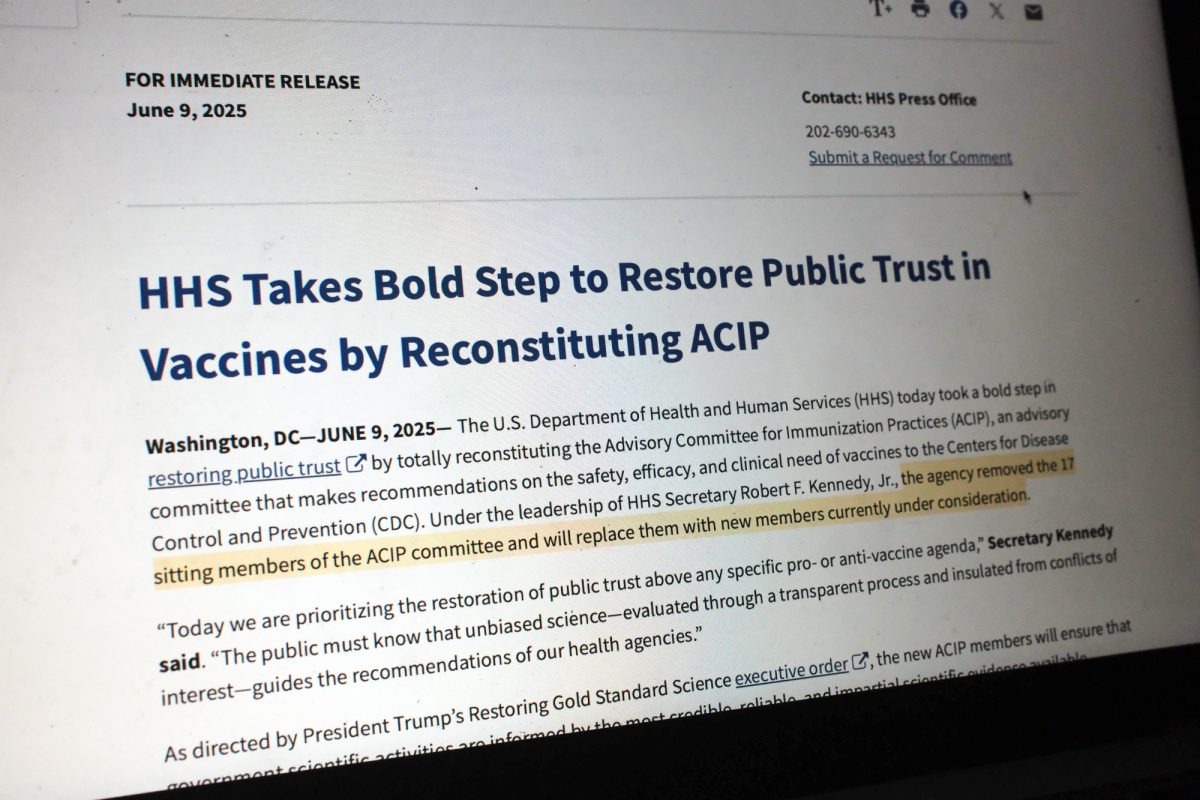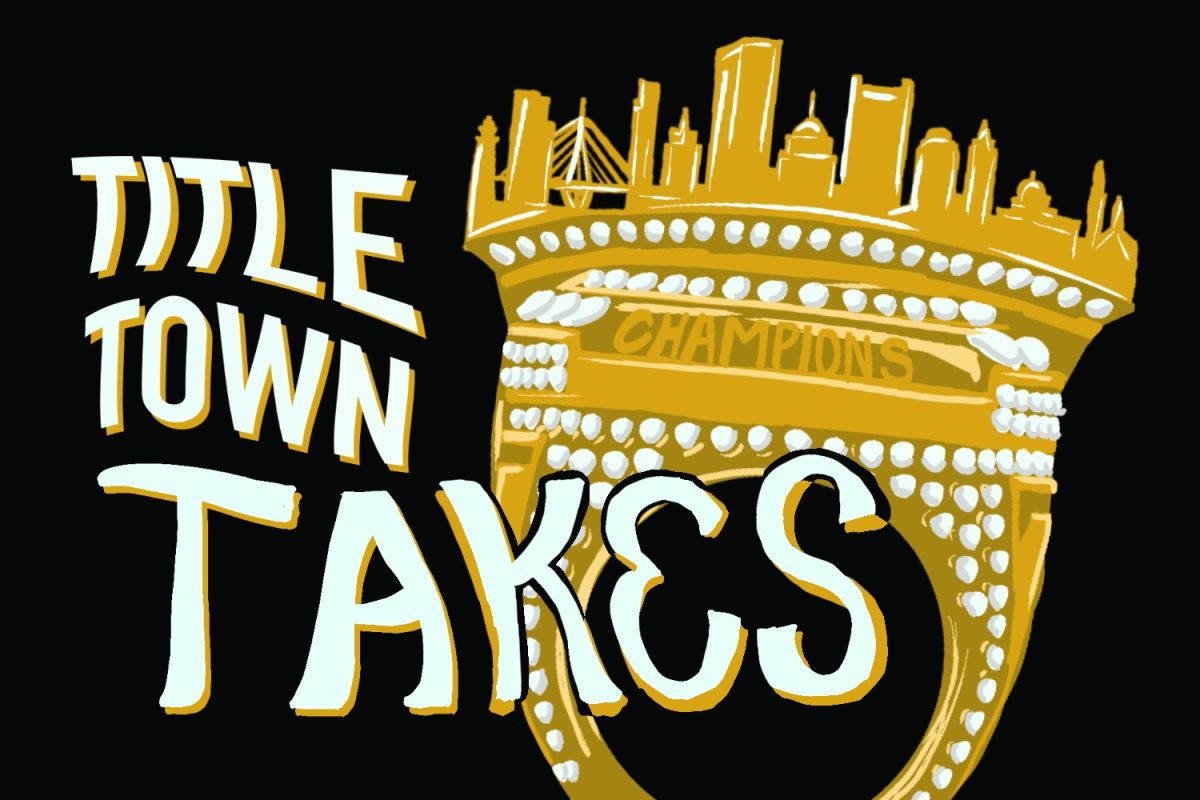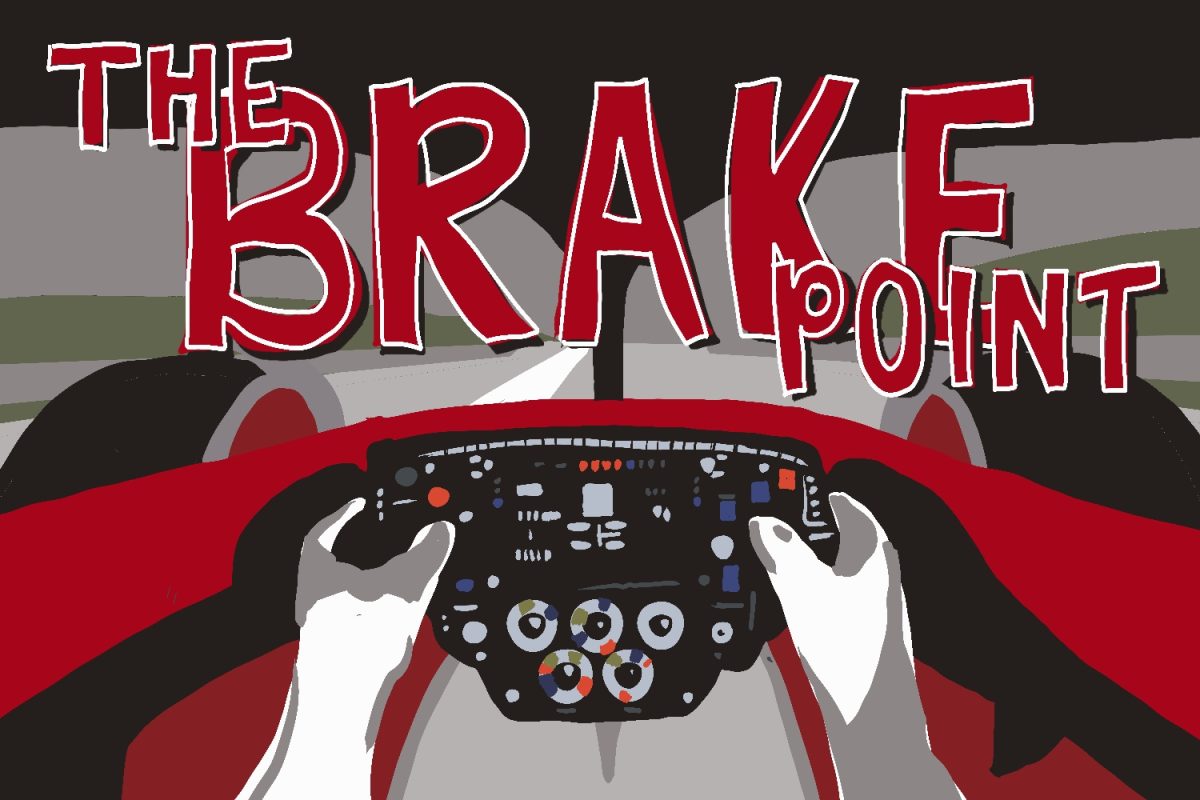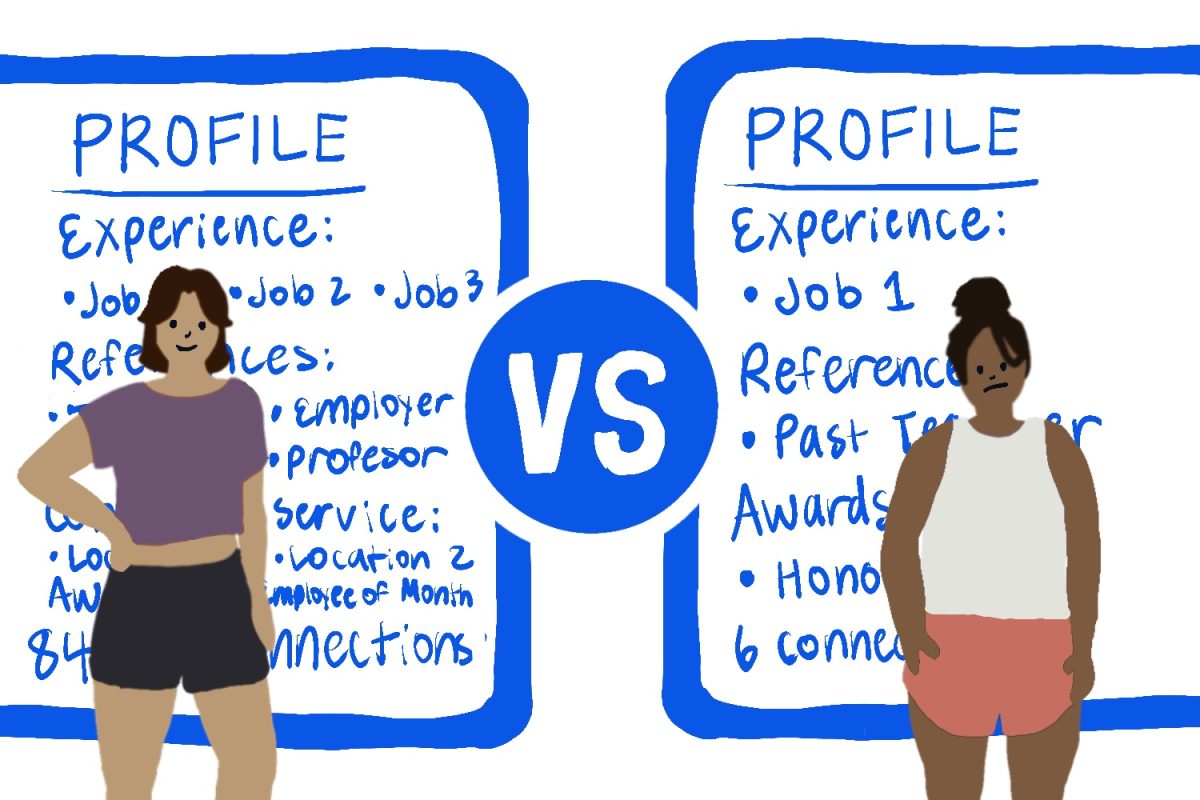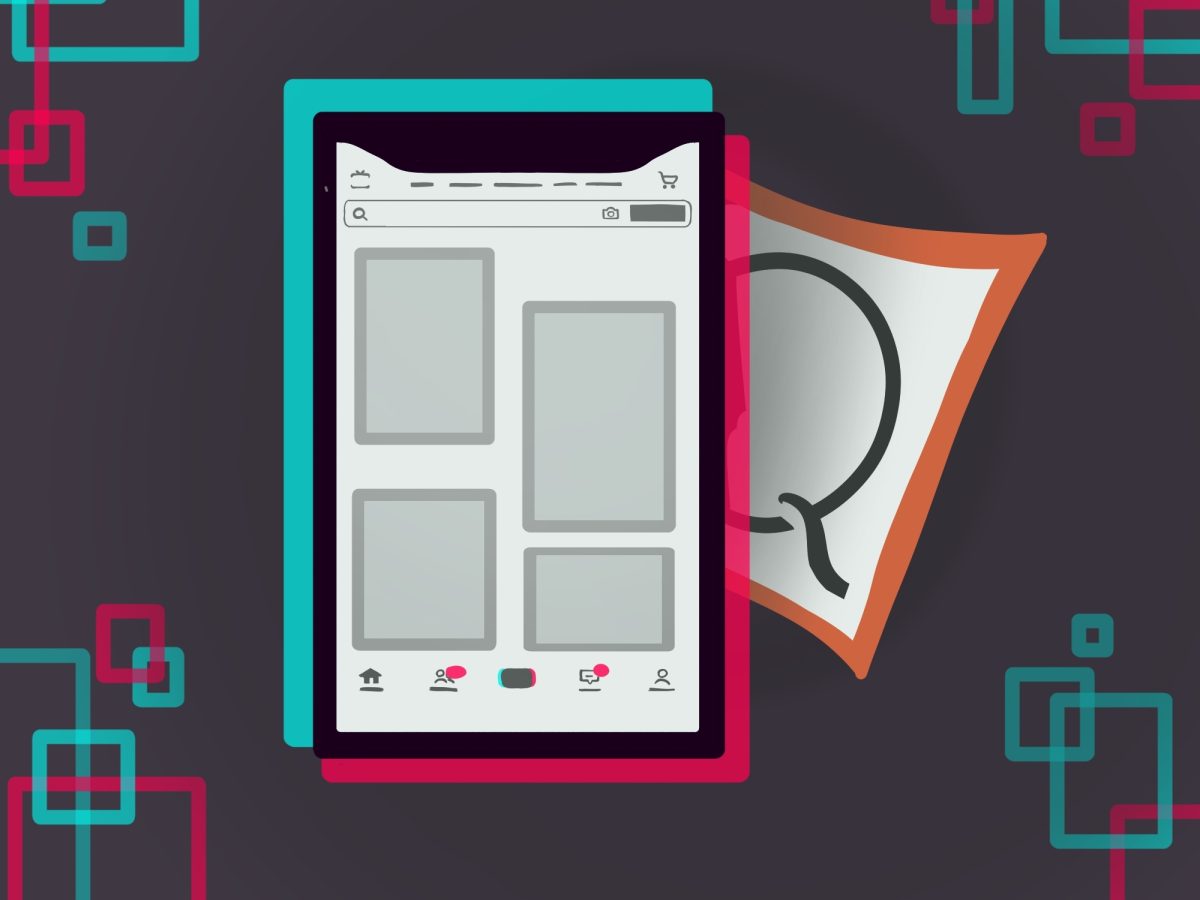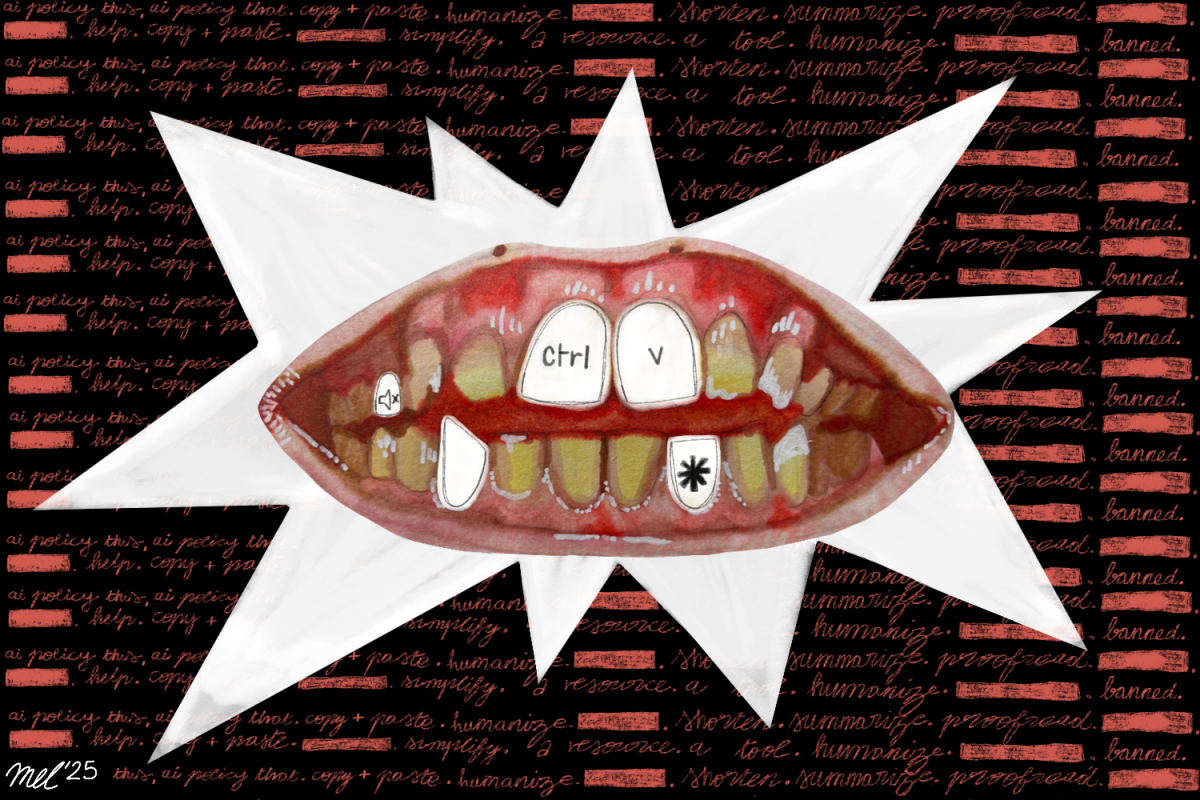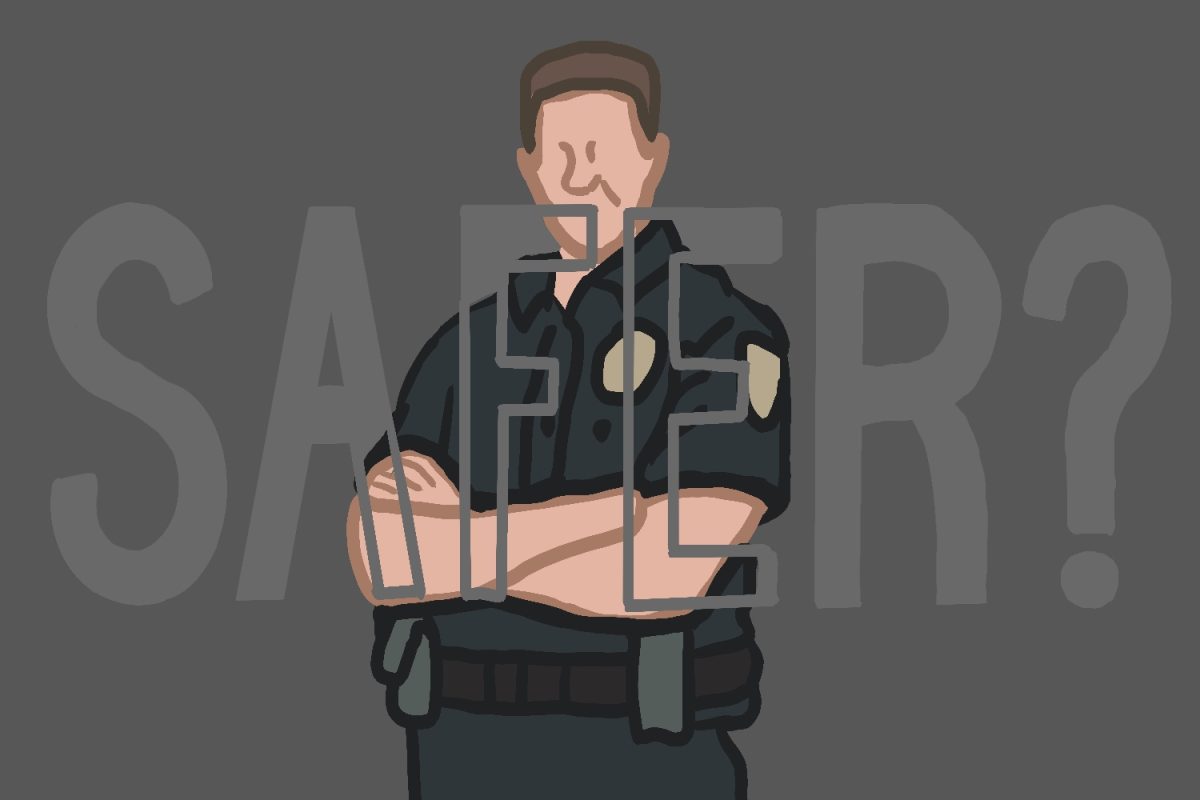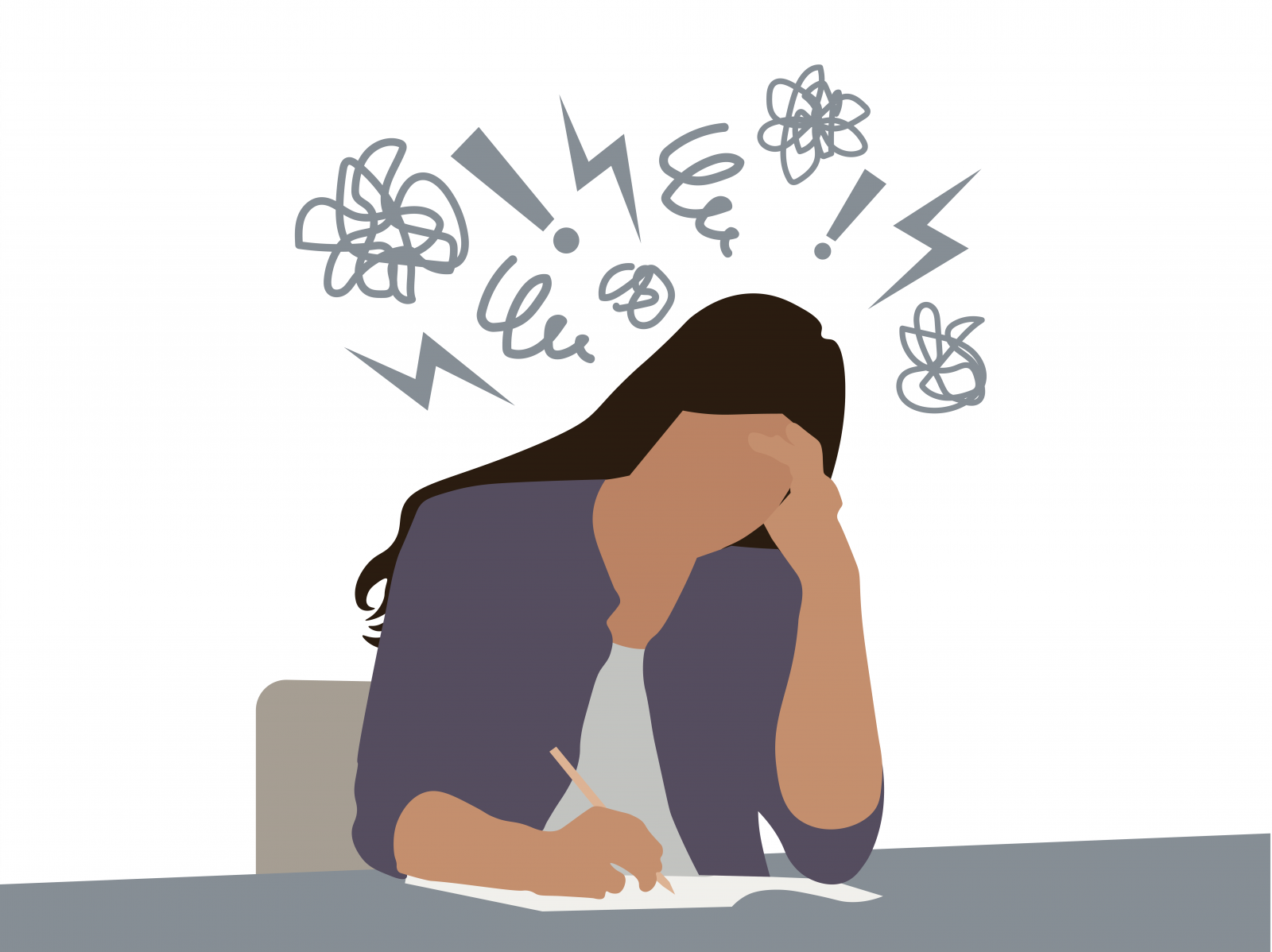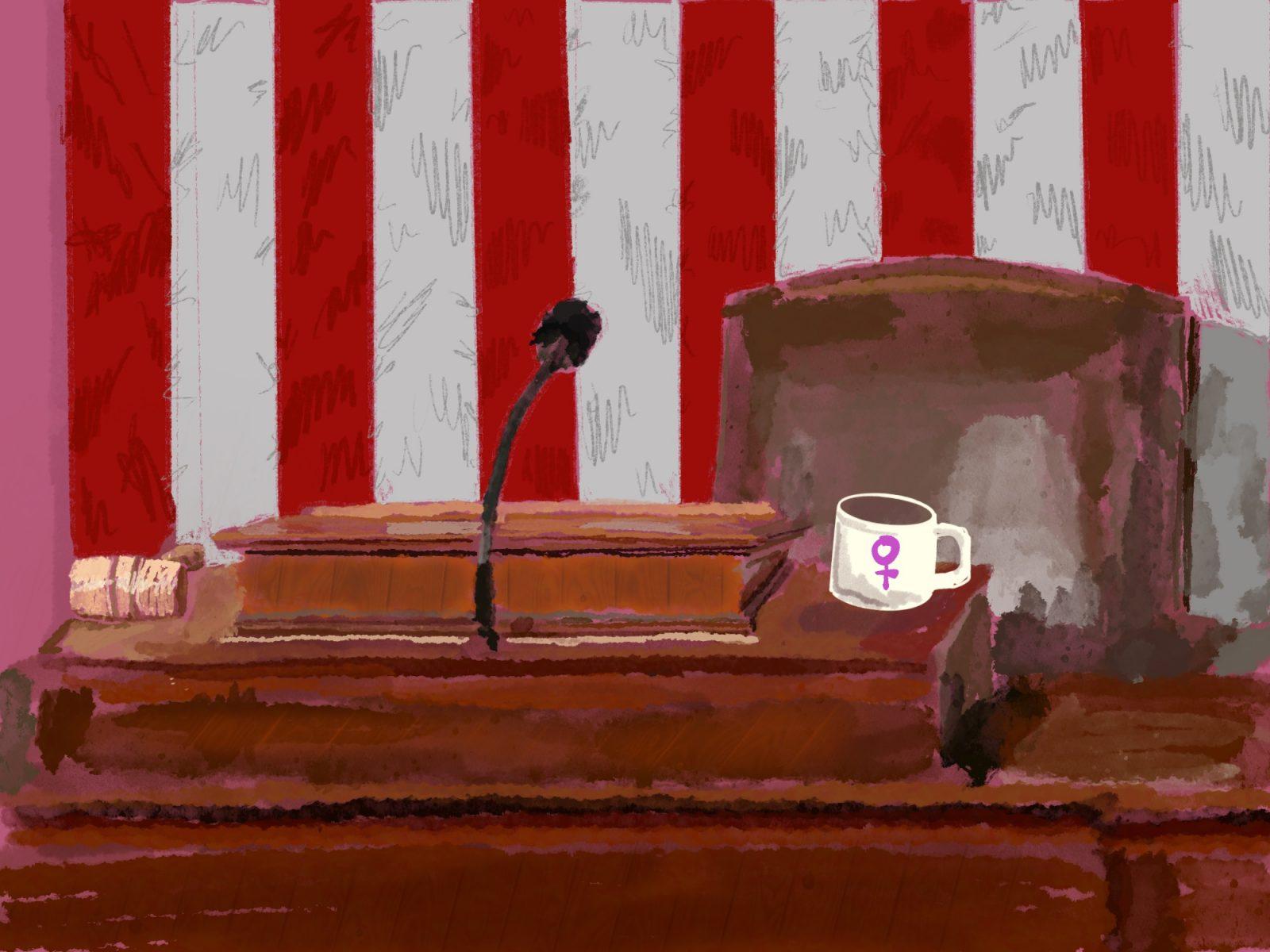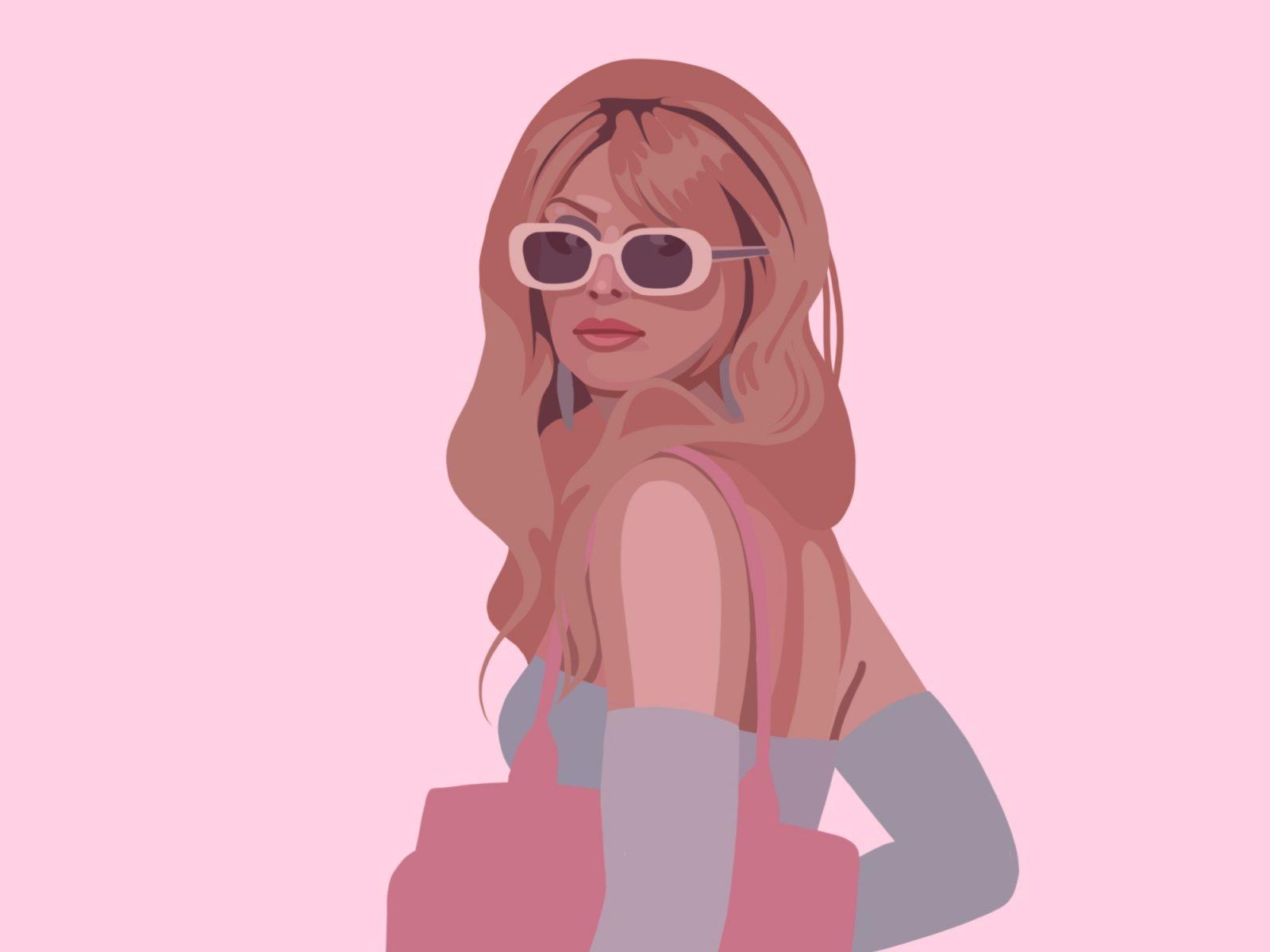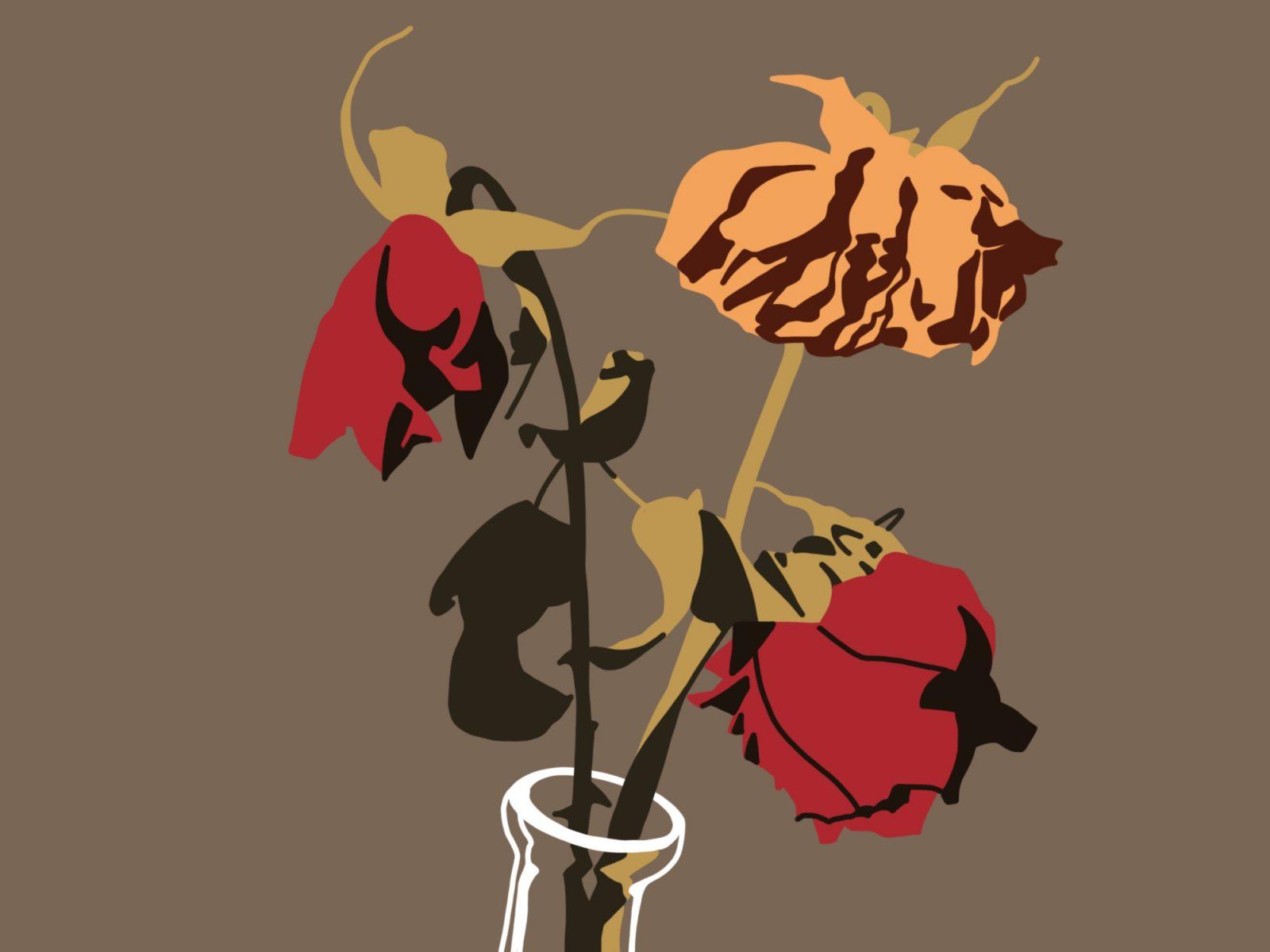You walk into the store in search of the perfect pair of jeans and observe the plethora of denim options in front of you. Piles and piles of jeans lie on numerous tables, from high-rise mom jeans to low-rise flares.
You find the jeans you’d been looking for — mid-rise straight — and observe the pile in front of you. Your eyes rest on the sticker of the pair topping the pile — double zero.

“It’s fine,” you think to yourself. “I just have to dig deeper.”
You flick through every pair. Size two, size four, size six.
“It’s alright, it’s all part of the order,” you think again. “Just a few more to go through.”
You begin again, flicking through mindlessly. Size eight, size 18, size 20. Wait — size 18? That can’t be possible. You look again: size six, size eight, size 18. Your mind didn’t deceive you, the size truly jumped from eight to 18. You shake your head in disbelief and move on to the next pile.
The same thing happens again and again from one pile to the next. Some jumped from six to 18, others eight to 20. Occasionally, there was one lucky size 10 or 12 thrown in, but not in your desired style. You exit the store with nothing in your hands and sigh at yet another shopping trip without finding your size.
If this experience is familiar to you, you are likely part of the mid-size struggle. The rise of the body positivity movement has been monumental in shining a light on the beauty of plus-sized and skinny women alike. Though, it seems to focus only on those two extremes: skinny and plus-sized.
I always find myself thinking, what about mid-sized people? What about me?
It truly is wonderful to see companies growing in terms of body inclusivity. However, they are going about the movement the wrong way by only using thin and plus-sized models and catering to these groups exclusively. This cannot be considered all-inclusive if a huge demographic is missing, especially if it’s where the majority of women fall.
A study in the International Journal of Fashion Design, Technology and Education found that the average woman in the United States is a size 16. If a majority of women fall into this mid-size category, ranging from about eight to 16, why are they not being represented?
According to Vox.com, companies tend to overlook mid-sized women to avoid the costs and time associated with perfectly fitting the curves of this group. Typically, stylists sample patterns from sizes two to four, and use the same pattern to make bigger sizes to service the complete plus range.
This accounts for why many who fall within this range lack sufficient clothing options. And as a person who falls between this range, this is frustrating. Companies also tend to have warped views of what a plus-sized individual actually looks like, causing people to rethink what categories their bodies fall under.
For example, model Ashley Graham was labeled by Sports Illustrated as a plus-sized model when in reality, that is not the case. Graham wears size 14, making her a mid-sized individual.
Another prime example is when Victoria’s Secret introduced its first “plus-sized” angel in 2019, Barbara Palvin. Palvin, as many are aware, is a relatively thin woman and wears a size eight — which falls below the mid-sized category.
I remember seeing Palvin’s picture for the first time as a freshman in high school, and feeling extremely confused as I thought that I was a plus-sized individual for wearing a size eight. Companies have the capability to instill unrealistic and untrue thoughts in our heads, and it is extremely difficult to combat them in a society that praises Eurocentric body standards.
As it was the summer of Barbie, women of a multitude of backgrounds saw themselves represented on the big screen. However, mid-sized women were underrepresented yet again as there was no mid-sized Barbie. The film featured one plus-sized doll, with the rest being relatively skinny.
If Barbie can be anything, why can’t she be mid-sized too? As said in the movie itself, there is nothing wrong with there being just an average Barbie because that’s life — most of us are average.
The body positivity movement cannot truly work until we acknowledge, accept and represent all body types. It’s time for mid-size individuals to feel like they have a place in the body positivity movement, and it starts with representation. Companies need to solidify what is plus-sized and what is mid-sized, without intermixing the two and putting false realities into people’s heads.
To all mid-sized individuals like myself, you are seen, you are heard and times are bound to change for the better.







